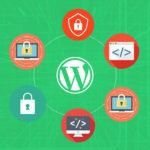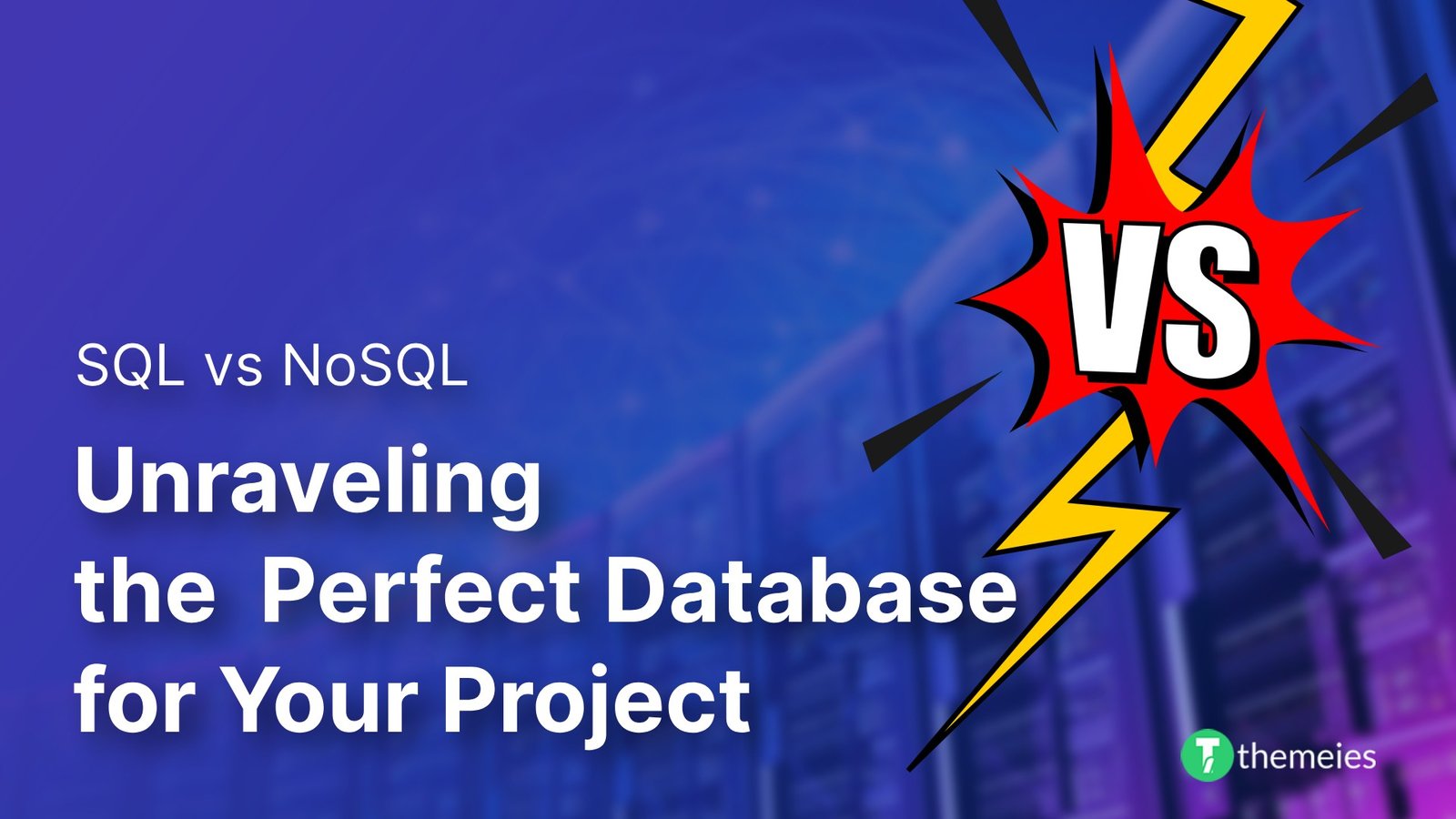Introduction: Elevating Your Online Store's Success In toda ...

Having a WordPress website is always a blessing for both beginner and expert level users. There are a lot of reasons behind this. However, many site owners use to complain about security issues in WordPress. Maybe, because of being the most popular and used CMS in the world, it always remains on the threat by the bad guys. So, it’s necessary to know the essential and basic WordPress security checklist given by experts.
The Most Comprehensive WordPress Security Checklist
As website security is an alarming issue worldwide, we should be concerned with some essential facts. Today, in this article, we are going to discuss the best tips for WordPress security for your website. So, let’s go through the checklist below!

-
Use The Best Hosting Provider:
Mang users don’t think this is an essential security fact. A good quality hosting provider plays a vital role in different ways for a site. It helps to prevent DDOS attacks and keeps the tools up to date to avoid hacking. Also, it protects your valuable data if any significant accident happens to your site. You will get several international hosting companies to provide a secure platform. Some suggested trusted providers are WPEngine, Bluehost, GoDaddy, Siteground, etc.

-
Change The Admin Username And Password:
After installing WordPress, the username remains as ‘admin’ by default. It becomes easier for hackers to start their process after knowing the admin username. So, change the common name and password with something unique. In addition, experts suggest adding security questions to the Login page. It ensures an extra layer of security of your WP site.

-
Always Keep WordPress Updated:
After a certain time, WordPress needs to be updated. It’s a crucial part of website security. Just check the dashboard, whether any update is necessary or not. Though WordPress does the minor updates automatically, you also need to work with some of the parts manually. Keep in mind that it’s better to make the updates without touching the core files.
-
Use A Strong And Unique Password:
Using a unique and robust password is one of the essential parts of our WordPress security checklist. Mix up your password with uppercase and lowercase letters, numbers, and symbols to make it more secure. Also, you can enlarge the size of your password rather than shortening it. Furthermore, WordPress comes with a wide range of ‘Password Generators’ in the directory to simplify the task.
-
Try Two-Factor Authentication Approach:
Another popular and advanced approach comes with the two-factor authentication system. It helps to get maximum security for your site. You will need two different devices for this. There are already many popular sites like Google, Facebook, and Twitter that let users utilize this system for securing their accounts.
-
Change login URL Regularly:
As we know, there is a default login URL (wp-login.php or wp-admin) in every WordPress site. Hackers get an easy way to brute force via the common URLs. So, it’s better to change and customize the login page randomly so that they don’t assume it easily.
-
Use A Reliable Security Plugin:
Using a trusted security plugin is another essential factor in our WordPress security guide, suggested by many specialists. You will get proper guidance to take the necessary actions in time. There is a wide range of reliable security plugins like WordFence, Securi Security, iThemes Security, and many more. Choose one regarding your requirements and budget from the official site.
-
Don’t Forget To Backup:
Disaster doesn’t come by letting you know. So, it’s necessary to ensure the regular backups of valuable data of your WP site. Otherwise, it may ruin the whole plan at a time. You can use any of the reliable tools to restore data. Some of the suggested items are VaultPress, UpdraftPlus, BlogVault, Duplicator, BackupBuddy, and so on.
-
Keep The Themes And Plugins Updated:
Every theme and plugin developer provides support and updates facilities to its users regularly. It’s your responsibility to update the files you are using on your site. Keep checking your dashboard if there is any file to be updated. Otherwise, hackers may take the opportunity to exploit the security with the outdated version of the themes and plugins. Some hosting providers also offer the plan of keeping updates of your files along with the basic features.
-
Limit Login Access:
Sometimes, hackers try to attack randomly with different usernames and passwords and other ways. Limit login access after a significant number of failed attempts. Also, it will notify you to be more sincere in brute force protecting the site. WordPress offers several free and paid plugins, including Loginizer, Limit Login Attempts Reloaded, WP Limit Login Attempts, Brute Force Login Protection, and more.
-
Use SSL Certificate:
Using an SSL (Secure Socket Layer) certificate is another crucial part of our WordPress security tips suggested by many experts. It lets you transfer data between browsers and servers safely. Hackers get less chance to breach the connection if your site has this installed. In most cases, you will get the service for free from the hosting packages. Also, there are some premium services available. There is another positive impact in using SSL certificates; it affects site ranking on Google. Still, will you avoid this for your website?
-
Don’t Show The WordPress Version:
Many beginner-level users don’t care about hiding the WordPress version number from their sites. It becomes easier to make the perfect attack if hackers know the version number of WordPress. You can hide it with the help of any security plugin or utilize the manual approach.
-
Change WordPress Database Table Prefix:
If you don’t customize the database table prefix properly, hackers may break the security easily. They know the default prefix (wp_) which is set for all the tables after WordPress installation. So, change the database prefix and make it difficult for those who try to breach the site security.
-
Scan The WordPress Files Regularly:
It’s a part of WordPress security that can be done by a security plugin. You already got the necessary information about the plugins we mentioned above. Also, It will help to be secured from virus and malware attacks. As a website owner, you have to do the WordPress security scan regularly.
-
Ensure DDoS Protection:
It refers to a Denial of Service attack, in which cyber-terrorists attack to overload your server with a large number of fake traffic using multiple programs. Whether you are running an online business, it’s essential to be aware of this attack. Many giant companies already experienced this situation before. Ensure the protection using the best WordPress security plugin like Sucuri, Cloudflare, and more.
-
Remove Unused Files:
Sometimes, there remain some installed plugins in the directory which are not being used now. It’s not a good practice to keep the unused and idle files. Your site can be affected by hackers through unnecessary themes or plugins. Also, you should delete the media files and unused tags that are not being used anymore for your site. So, it’s better to uninstall or remove the files to minimize the risks and for getting better speed.
-
Disallow File Editing:
If you allow more users besides you, it can be risky to get affected your files by editing. You have to disallow the file editing option so that no one can make any modifications. It can be done using Change DB Prefix, WP-DBManager, or any popular security plugin. You can also do it manually. Just make a simple change by adding this line to your wp-config.php file.
Define (‘DISALLOW_FILE_EDIT’, true);
-
Avoid Free And Unsecured Resources:
Many users are not aware of the resources or websites from where they pick the necessary web components. It can be a theme or plugin. There are several resources that provide null and unauthorized products for free. It can be very dangerous if you fall into the trap. Always collect the tools with license and proper documentation from trusted partners or agencies. Thus, you will get a secure environment to build your WP site.
-
Protect From SQL Injection:
SQL injection is one of the well-known techniques to destroy WordPress database security. Hackers try this via different entry points like sign-up forms, contact forms, search bars, shopping carts, and more. Do scan your database for SQL injection vulnerabilities with any trusted security plugin and take the necessary steps to reduce the risk.
Wrapping Up
So, the discussion on the WordPress security checklist is going to be over for now. We tried to pick the essential tips for hardening the WP site security. Hopefully, our readers have got something helpful to know. There are also some other points that we didn’t mention here. Do you want to share your thoughts with us so that we can enrich our resources for our audiences?
Then, don’t hesitate to do that. We are eagerly waiting for your valuable comments and emails. Till then, have a good time!


Introduction of SQL vs. NoSQL In the dynamic realm of data ...
02 Feb, 2024 226 Liked

Streamline Your Website with Versatile Themes In today's ev ...
08 Jan, 2024 250 Liked

Secure Payment

Money Back

